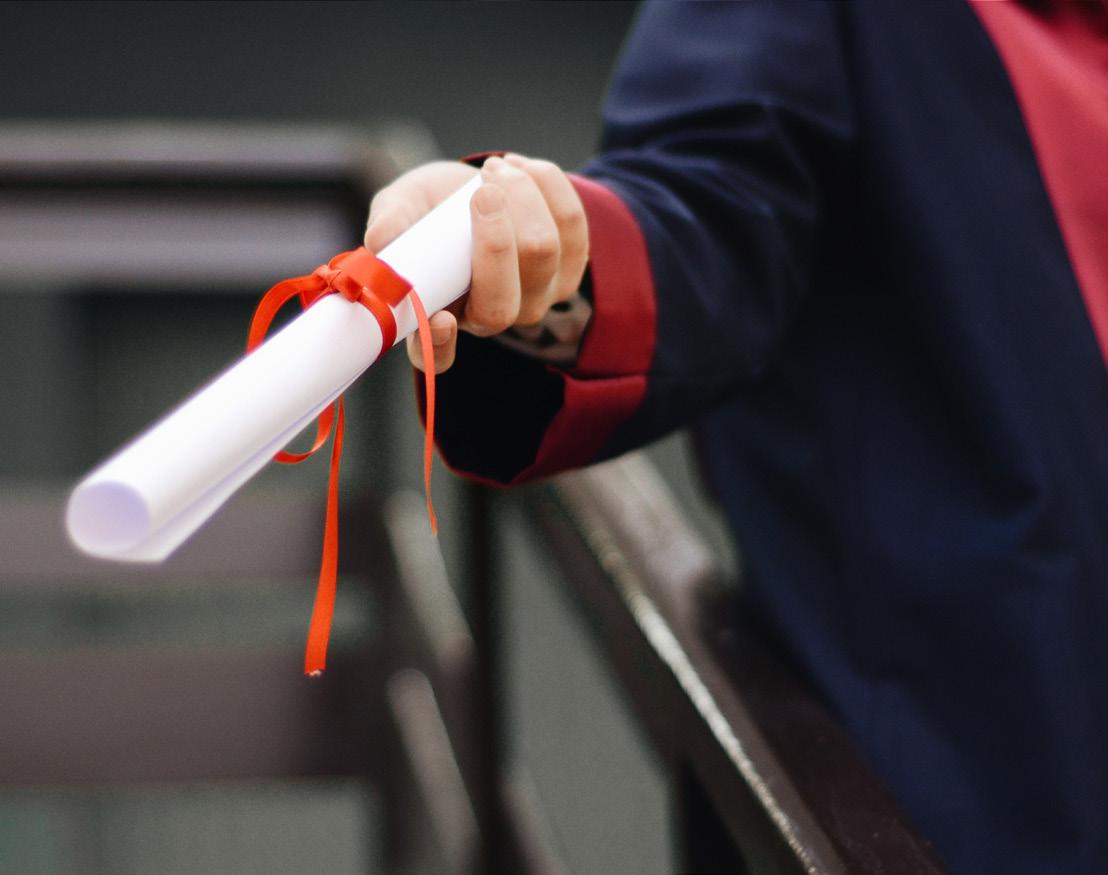fashion
TRASHION TALIA
Upcycling fabric since her childhood, since well before sustainable fashion came into fashion, Talia Langdon is the founder of cottage industry TaliaFarfalia, a label that produces bi-annual collections of unique handmade garments made of second-hand clothes.
BY ELENA SCIALTIEL
T
he originality of Talia’s artwork stands in the fact that by no means she attempts to disguise or conceal any pre-loved fabric’s original cut, but she actually flaunts previous tailoring by including in the new design collars, pockets, sleeves, and buttons, yet artistically shifting their original function and making them a focal feature. For instance, collars become sleeves or side pockets when an old shirt is recycled sideways or upside down. Or, two shirts in different but colour-matching patterns sewn together end-toend lengthways are hey presto! upgraded to a funky top. The wearer slots her arms through the have-been collars at opposite sides, while the original and still operational fastening line crosses her torso from elbow to elbow, making it the must-have accessory for breastfeeding mothers, because it conveniently flaps open at the touch of a button! Every last bit of fabric is used: 74
strips and scraps are threaded together and become yarn for woven and knitted detailing, like waistbands, belts and ‘trashy’ handbags with the hippie twist. New styles are devised by gazing at old clothes from the odd angle, and musing how shapes, colours, prints and patterns can be tweaked around, best combined and reassembled, and fully handmade by what Talia describes as ‘slow fashion’. The trendy term for this artisanship is ‘trashion’, a portmanteau of trash and fashion, and the trend is indeed gathering momentum with trashionistas, fast GIBRALTAR MAGAZINE SEPTEMBER 2020




















